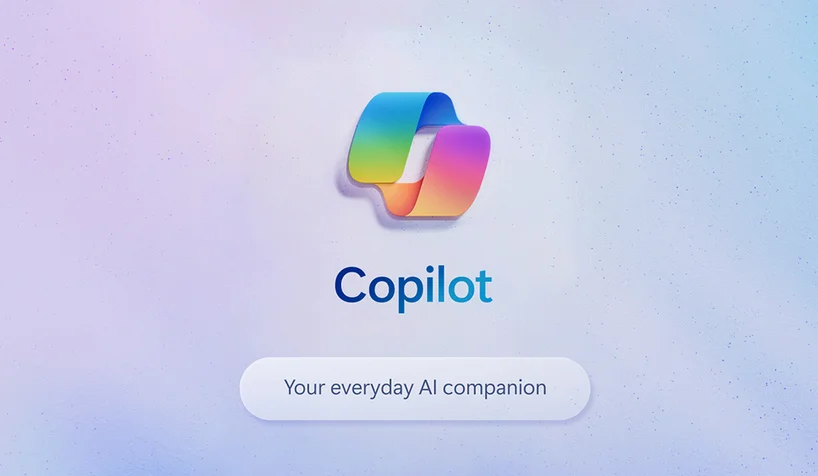Is Windows 11 Adding Another AI Copilot Button? Do We Need It?
Microsoft seems determined to integrate its AI assistant, Copilot, into every nook and cranny of the Windows 11 experience. The latest move? A new “Share with Copilot” button that pops up when you hover over an open app in the taskbar within the Windows 11 Insider Preview. This feature aims to allow users to quickly share the contents of the app with Copilot Vision for analysis and interaction. But is this addition a welcome enhancement, or is it another example of AI feature overload?

The Proliferation of Copilot: A UI Overload?
The concept is simple: right-click on an app’s preview in the taskbar, and a button appears to send the content to Copilot. Copilot Vision then analyzes the information on your screen and allows you to interact with the content through Microsoft’s AI chatbot. It’s designed to provide additional context, explanations, and even tutorials related to the content. However, this new button joins an ever-growing list of Copilot integrations within Windows 11. From the taskbar to the keyboard, the integration of Copilot appears to be relentless.
This raises a valid question: Are Windows users actively seeking more Copilot, or is Microsoft pushing an AI assistant that may not be entirely welcome? The saturation of Copilot buttons across the interface could lead to a cluttered and potentially confusing user experience. Users might find themselves overwhelmed by the sheer number of options, ultimately diminishing the usefulness of the AI assistant.
Exploring the Potential of Copilot Vision
Copilot Vision, the underlying technology driving the “Share with Copilot” feature, does have real potential. It can scan and understand what’s on your screen, offering a way to quickly access information or receive assistance. Imagine using it to analyze a complex graph, identify objects in a photo, or translate on-screen text. This is a compelling functionality that can boost productivity. Learn more about how AI can revolutionize productivity at Microsoft AI Agents: Revolutionizing Team Collaboration and Productivity.
This new button could be handy if it works as intended. Its usefulness hinges on how effectively Copilot Vision can interpret and provide relevant information for various applications. The user experience will depend heavily on the speed and accuracy of the AI’s analysis.
A Critical Look at User Adoption
Microsoft is experimenting with this new taskbar capability. They might remove it before it is fully rolled out to all users. This iterative approach is characteristic of software development, but it also indicates a degree of uncertainty about the feature’s overall value. The success of this particular feature hinges on user adoption. If users find it cumbersome or unnecessary, it will likely be relegated to the cutting room floor.
Moreover, the overall value proposition of AI assistants like Copilot is under constant scrutiny. While these tools have potential, their utility depends on accuracy, seamless integration, and the ability to solve actual user needs. The integration of AI assistants must be done strategically to prevent a user-hostile experience.
The Broader Implications of AI Integration in Windows
The trend of AI integration in Windows has implications far beyond the usability of one button. This is part of a wider push to infuse AI into every aspect of the digital experience, from search and productivity to content creation. Google, for example, is also incorporating AI into its products with features like Gemini. Read more about this at Google Chrome AI: Gemini Unleashes a Productivity Revolution in Your Browser.
This shift raises important questions about user privacy, data security, and the potential for algorithmic bias. As AI becomes more deeply embedded in our digital lives, we must be vigilant about these implications and advocate for responsible development and implementation.
Future Outlook and User Experience
Ultimately, the “Share with Copilot” button will only succeed if it genuinely enhances the user experience. The integration of AI must be carefully considered to avoid clutter and confusion. One of the key challenges is to design AI features that seamlessly integrate into workflows without creating unnecessary steps or distractions.
If Microsoft can refine Copilot Vision and integrate it in a manner that feels natural and intuitive, it might provide a useful tool. However, if it just adds more complexity, it could hinder user productivity instead of improving it. The future of this particular button, and of AI integration generally, relies on how well it addresses actual user needs and delivers a positive impact. The question remains: is this addition truly helpful, or just more noise in an already crowded interface?


